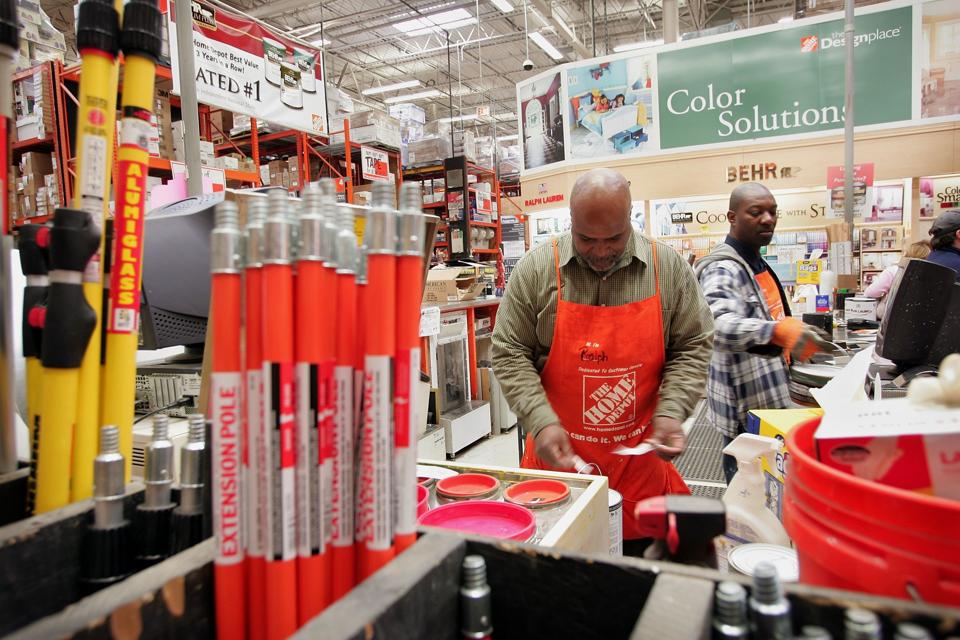Earlier this year, the Association for National Advertisers’ (ANA) Alliance for Inclusive and Multicultural Marketing (AIMM), in partnership with the Cultural Inclusion Accelerator (CIA) announced the rankings for the Most Culturally Inclusive Brands for 2023.
The results came from evaluations of top advertising spenders from a diverse cross-section of more than 80,000 consumers including people of different races and ethnicities, abilities, and sexual orientation.
Of the 120 brands included in the evaluations, The Home Depot was named the Most Culturally Inclusive Brand. Dove and Walt Disney World took second and third place spots among the general population surveyed.
Very often, brands who’ve been inconsistent with their commitment and efforts in inclusive marketing, have struggled to tie it to business results.
The brands in this study that consumers awarded the most culturally inclusive, have found success with inclusive marketing in a tangible way that not only allows them to better serve a more diverse customer base, but it also enables them to approve upon key performance metrics.
Some of those metrics the evaluated by CIA’s Cultural Insights Impact Measure, include both relevance and effectiveness in :15 and :30 ad creative, while incorporating cultural celebrations, positive reflections, and authenticity.
The brands that performed at the top for consumers in this study saw increases in key performance indicators such as 69% in purchase intent, 67% in brand trust, 49% in brand affinity, and 43% brand recommendations.
CIA’s findings from this study also showed that brands that are perceived by consumers to authentically portray their culture positively, achieve superior levels of brand growth, five times higher purchase intent, and 16 times higher brand trust.
Consumers from underrepresented and underserved communities have spoken. They have and will continue to reward the brands that take the time to include them in a relevant way.
How The Home Depot Became A Culturally Inclusive Brand
To learn from the success of other brands in an area you are striving to improve in, it is often helpful to go under the hood to understand the mindset and the approach that enabled the brands to achieve their results.
The Home Depot’s Chief Marketing Officer Molly Battin, gave some insight into how the brand approaches inclusive marketing that makes them so effective. Here’s her comments upon the news of their consumer ranking in cultural inclusivity, “This award reflects our commitment to connect with all our customers at Home Depot. We believe that we make meaningful connections by serving our communities, understanding our customers, and reflecting them in everything we do and in all our communications, both inside and outside of our stores.”
Chante Lagon is the Sr. Manager of Multi-Cultural Marketing at The Home Depot. She told me that the brand’s intention in connecting meaningfully with its customers comes from a desire to “reach people on an emotional level. She went on to add that “there’s a certain inclusivity that you’ve got to make sure you are practicing if you’re going to reach someone on an emotional level.”
During our discussion on the Inclusion & Marketing podcast, Lagon also shared that brands choosing to engage consumers from underrepresented and underserved communities is becoming an expectation. She explained, “our multi-cultural customer is becoming more important, is becoming more visible.” She added that the these consumer groups have an increased need, desire, and expectation to be reflected, and “served in a way that makes us feel like we are seen and heard.”
How To Transform Your Brand To Be Culturally Inclusive
Inclusive marketing continues to prove that it drives business results. But it often requires an internal transformation for brands to do it authentically and effectively.
Lagon shared that it is important for brand teams engaging in inclusive marketing to embrace learning, ensure they are equipping themselves with the insights and cultural intelligence needed, and to not be afraid to have conversations and ask questions about areas they don’t understand, especially if it isn’t a part of your lived experience.
Investing in the professional development and support for your team during the transformation to being a culturally inclusive brand is essential. Know that you’ll also need to implement systems and processes that enable you to show up consistently to deliver products, services, and experiences that speak to underrepresented and underserved communities in an authentic and effective way.
Becoming an inclusive brand has many rewards, both for the customers you serve, and for your business. However, it will require more than just adding in more diverse photos into your visual imagery to make an impact.
Follow the lead of The Home Depot. Connect your inclusive marketing efforts to your values, as well as the way you think about serving and showing up for your customers. And invest in making sure your team is ready and equipped to make all the customers you serve feel seen and like they belong.

